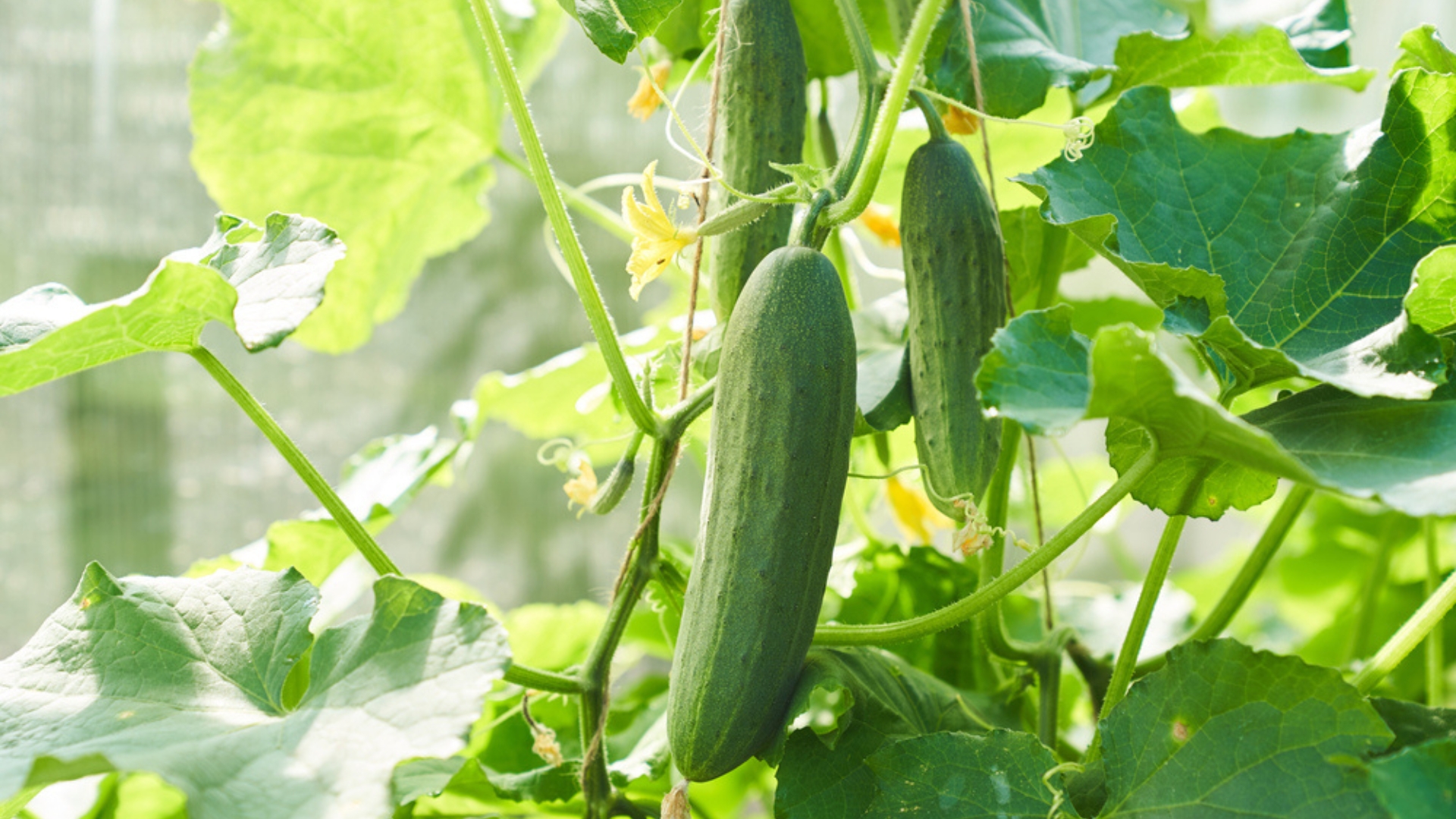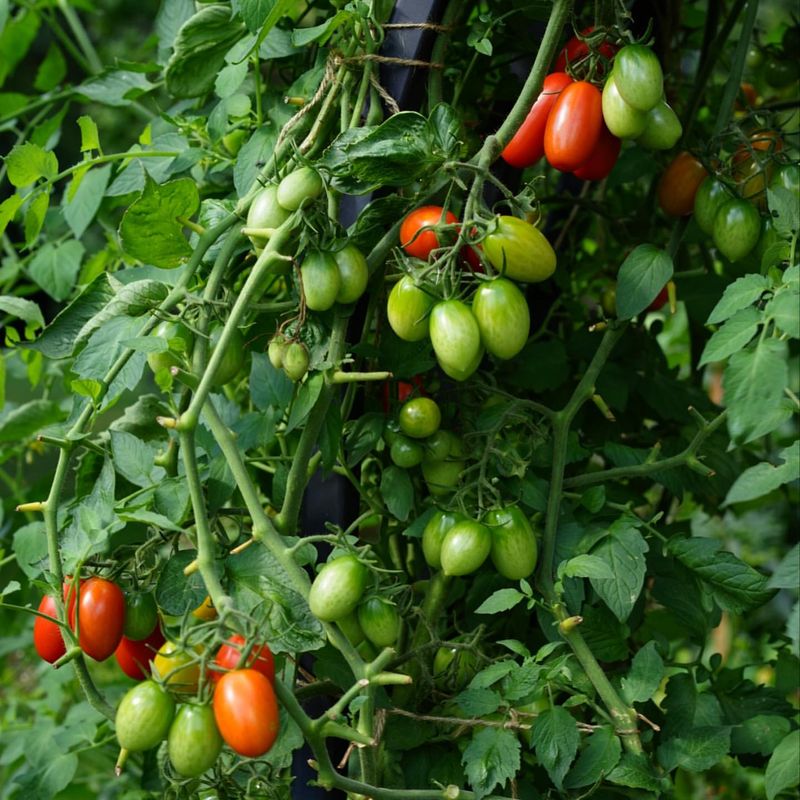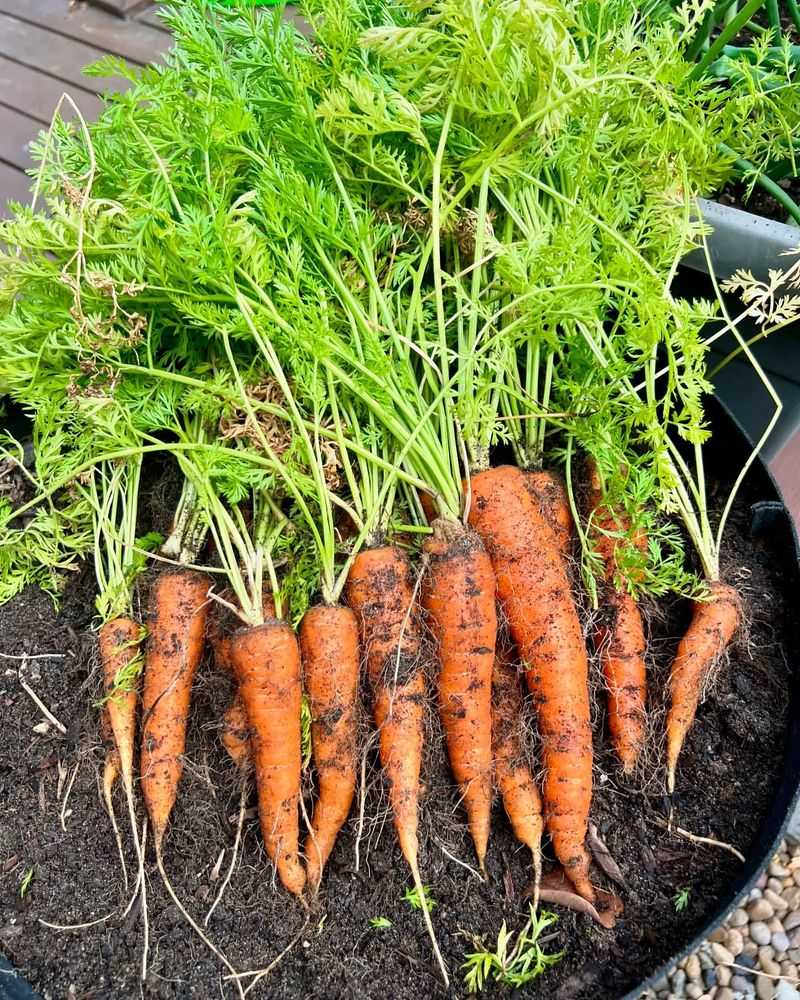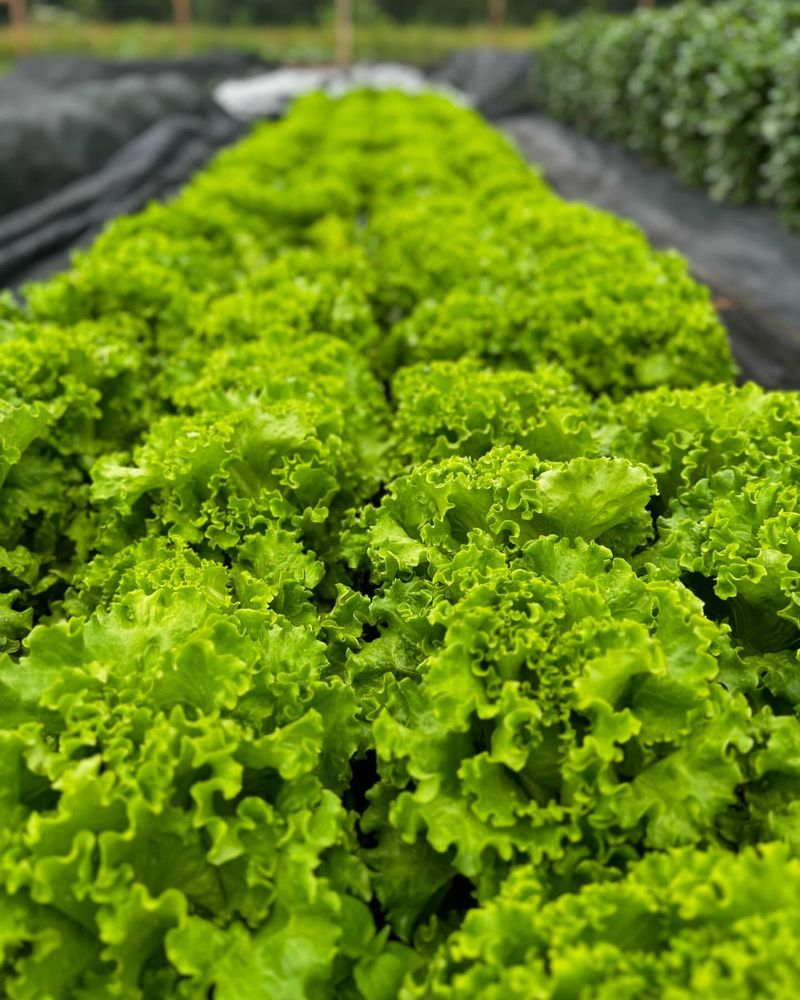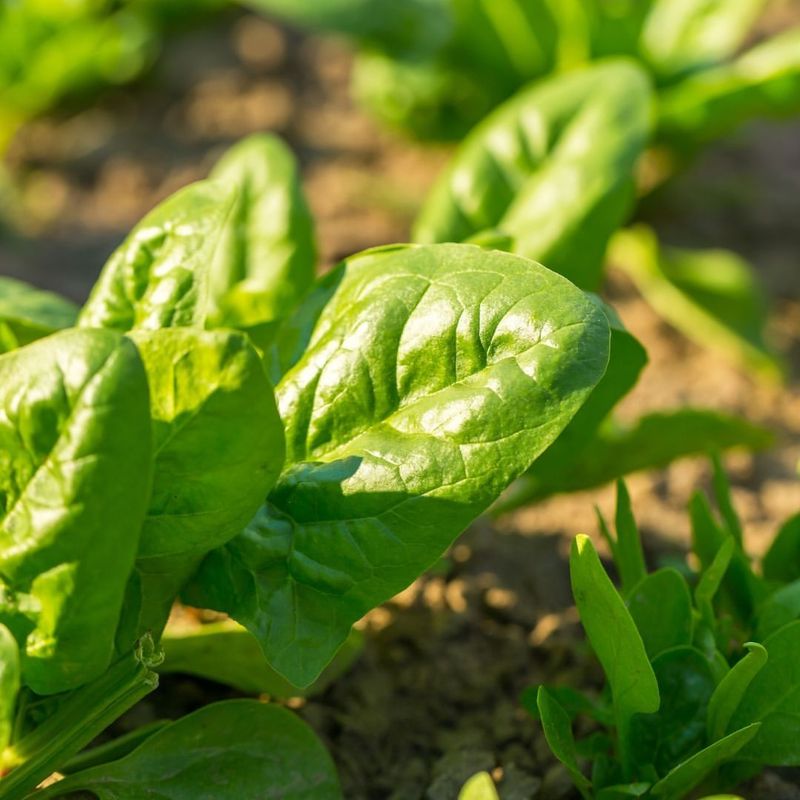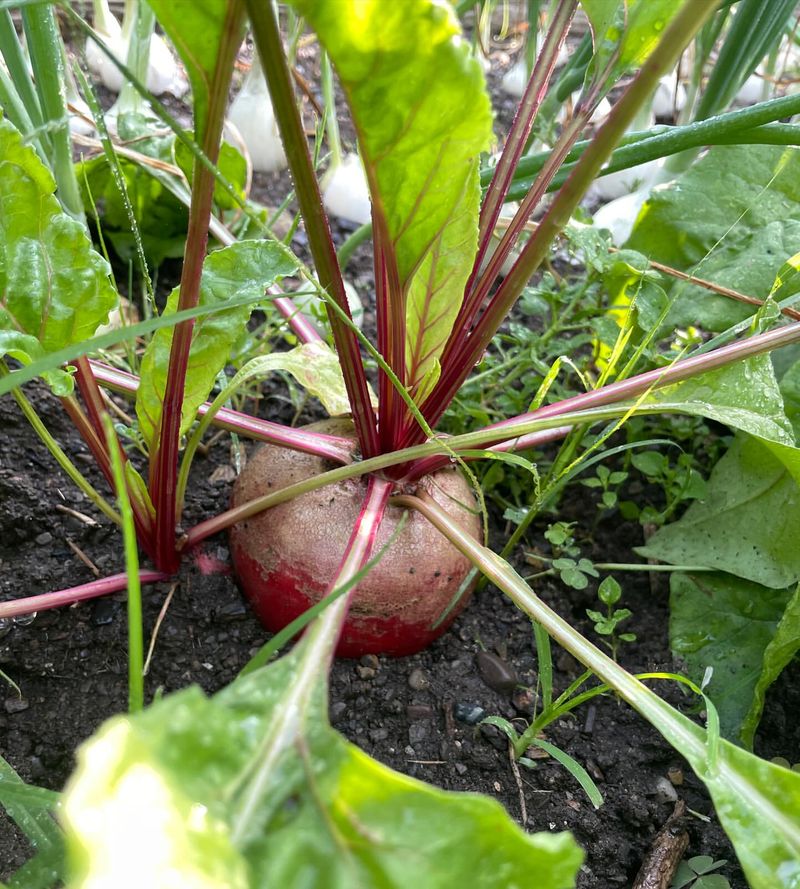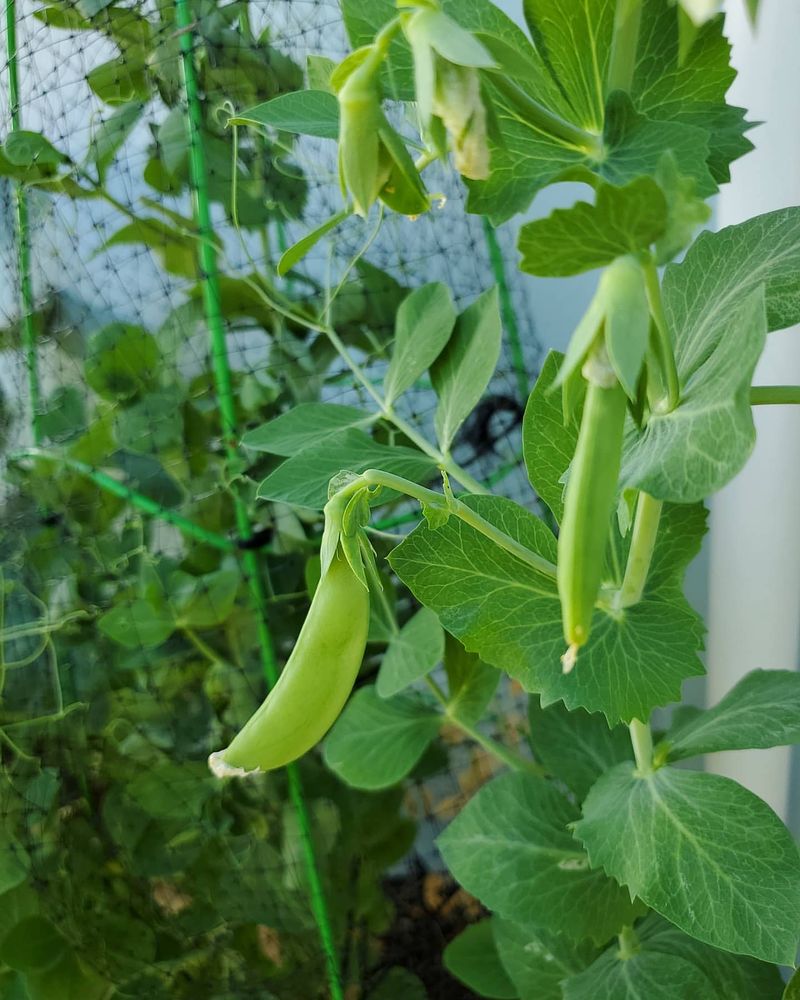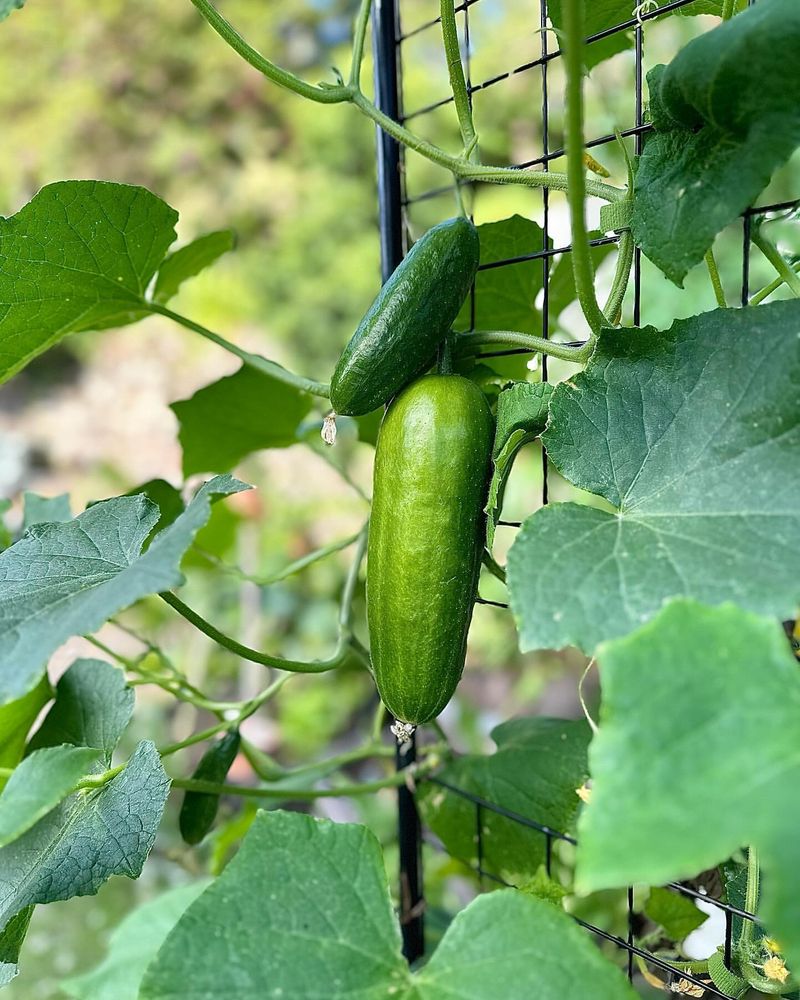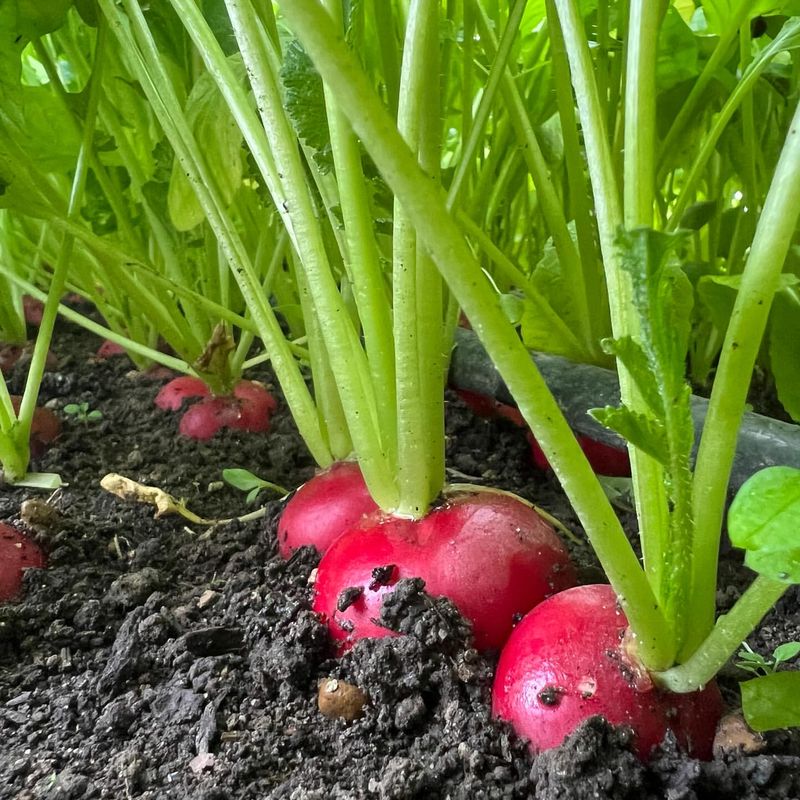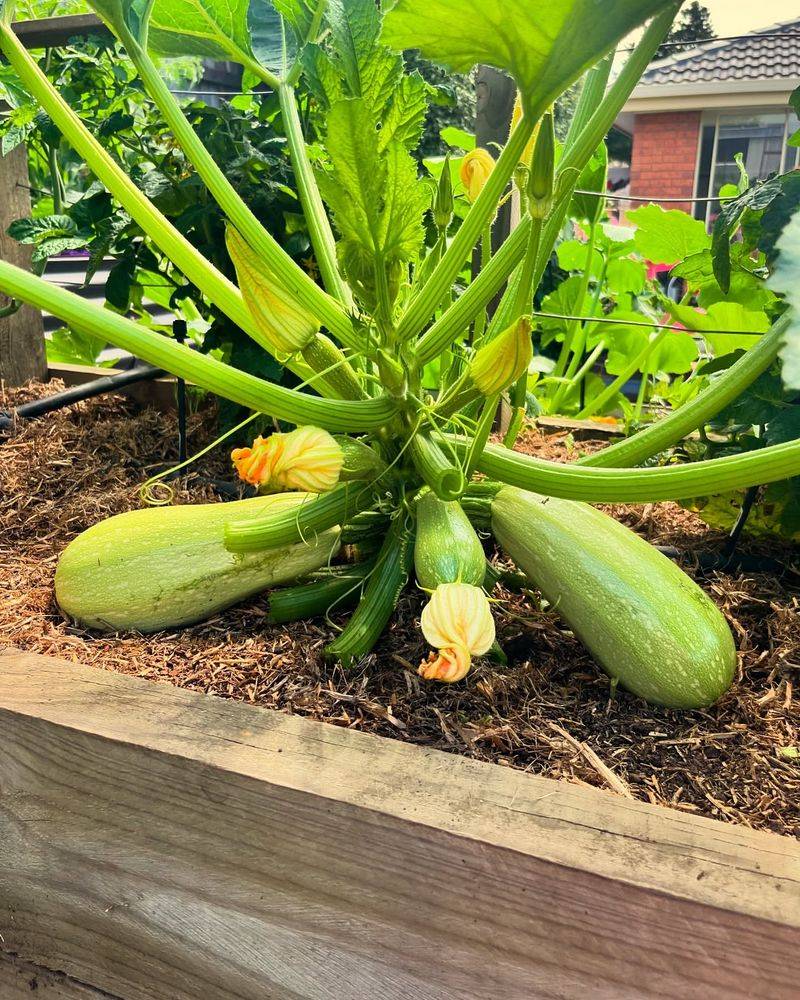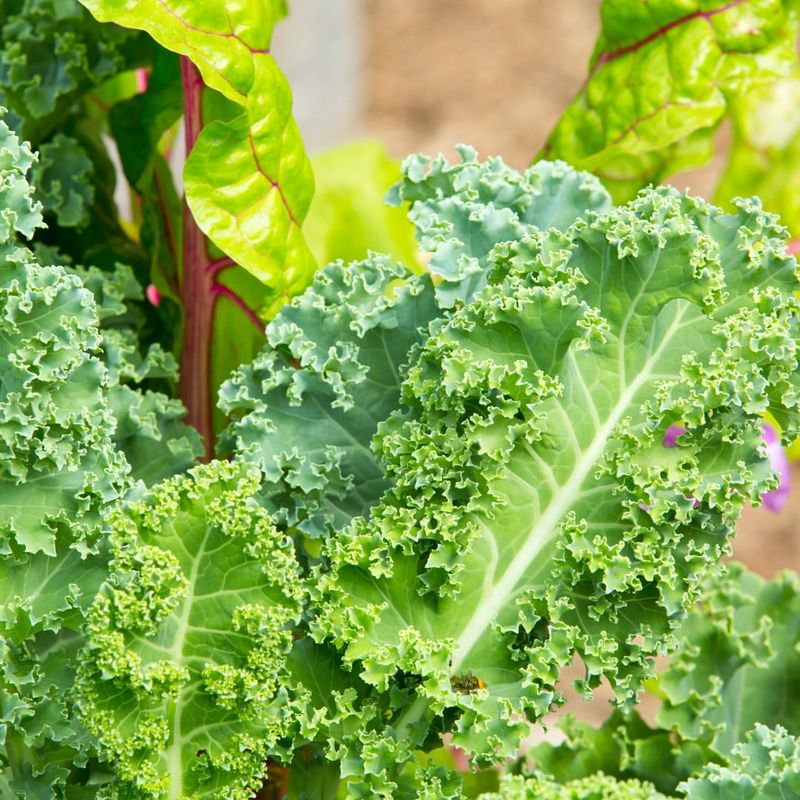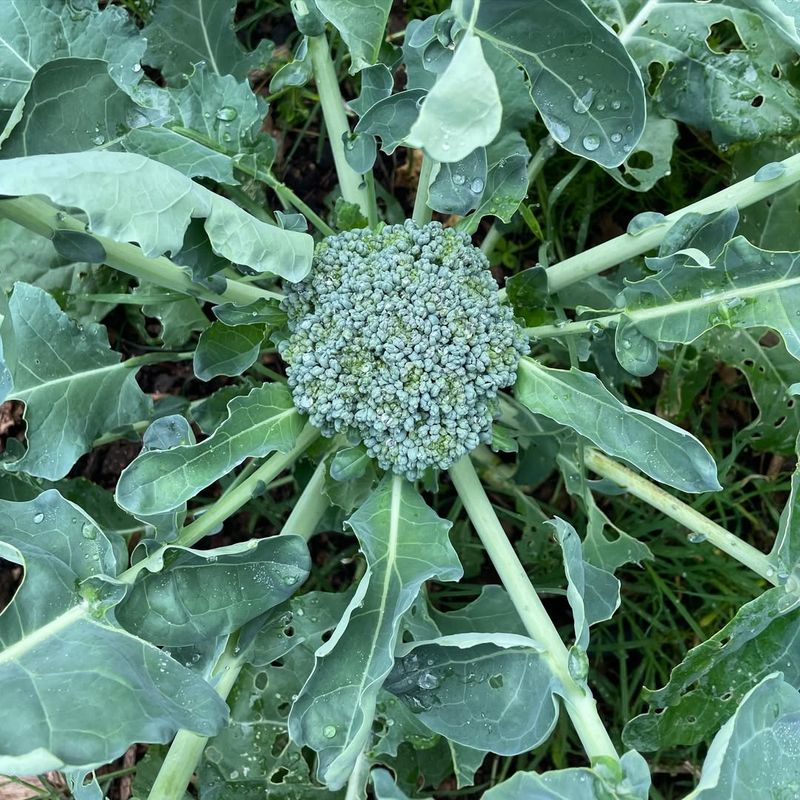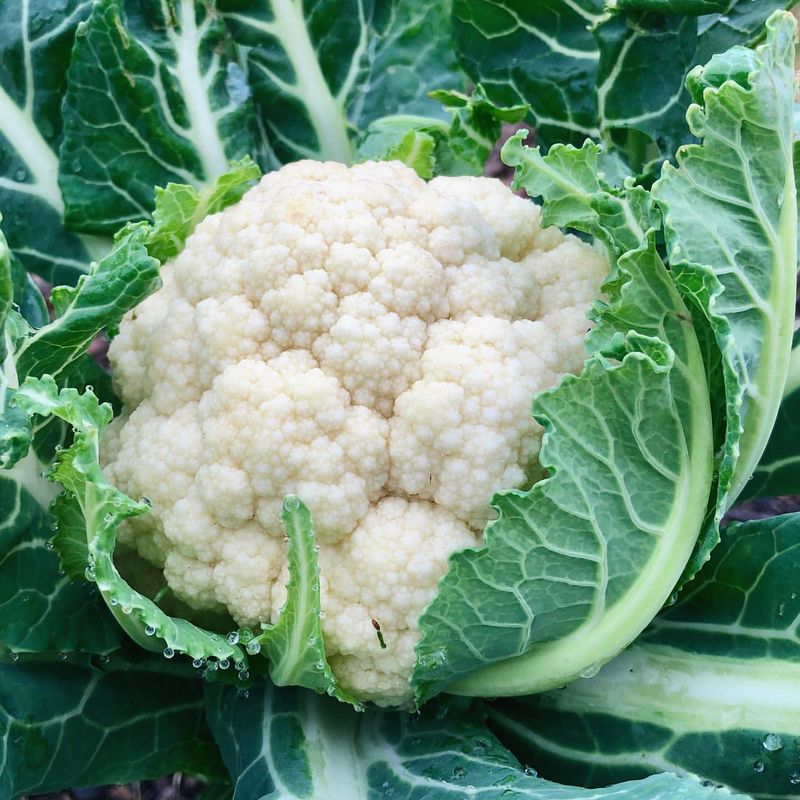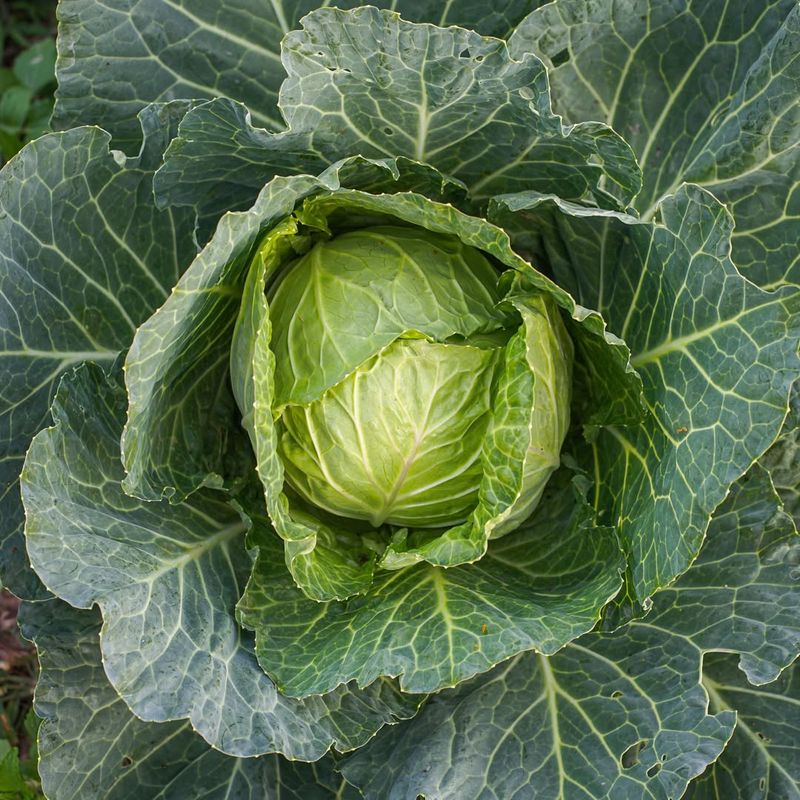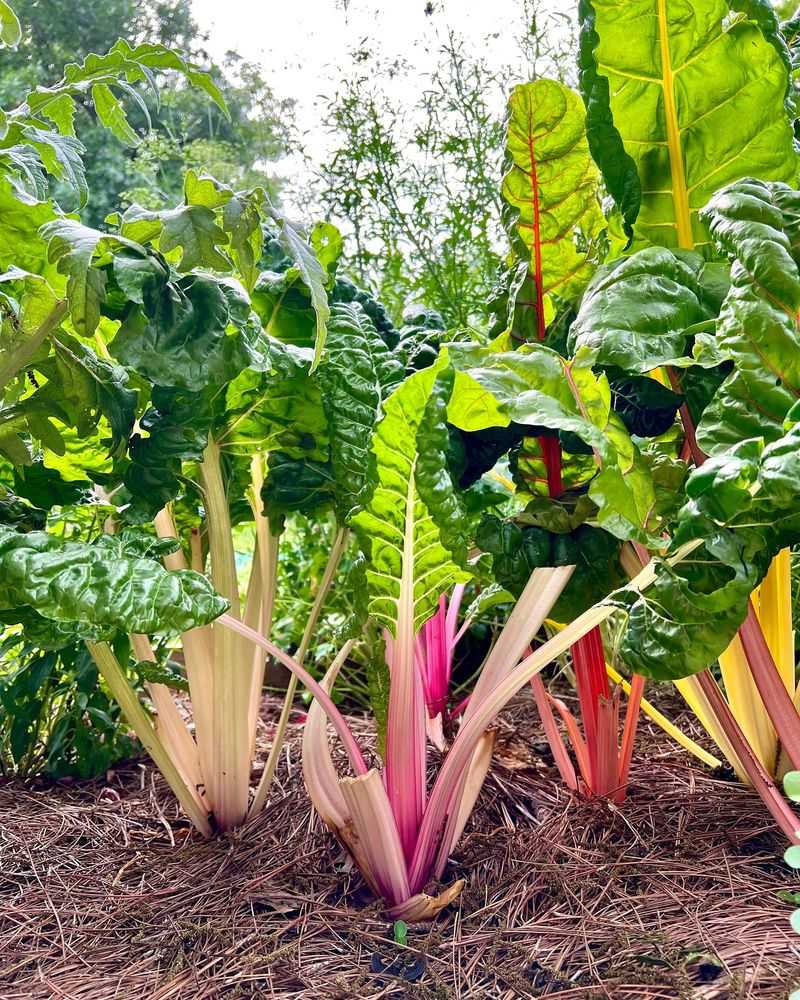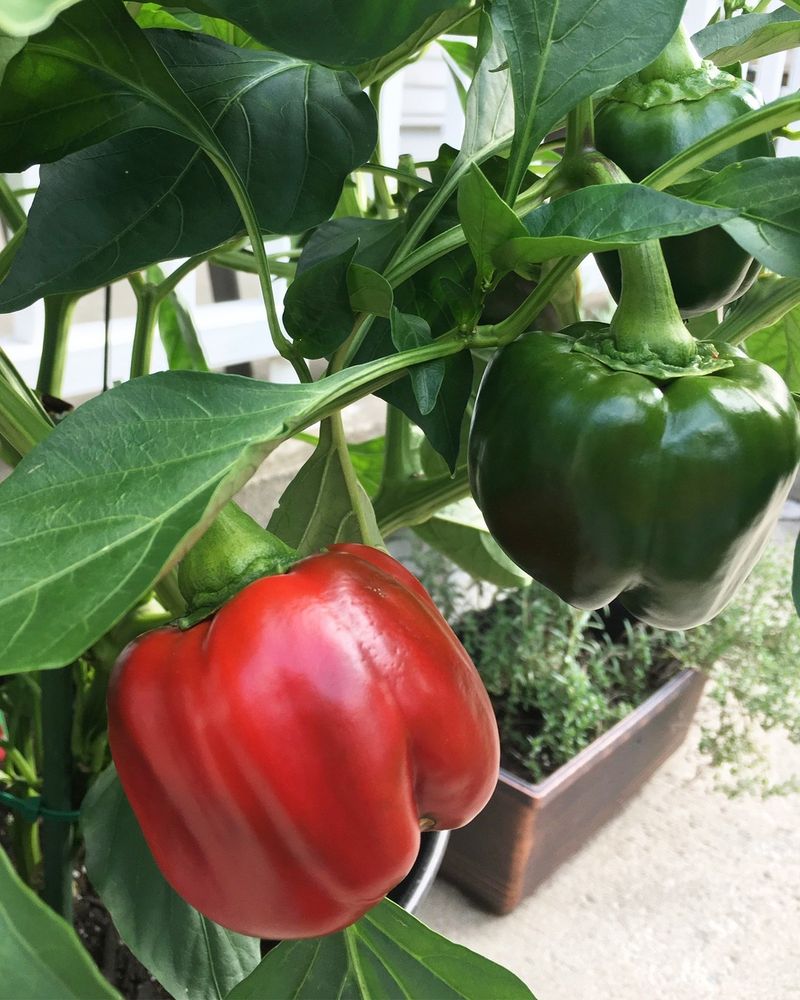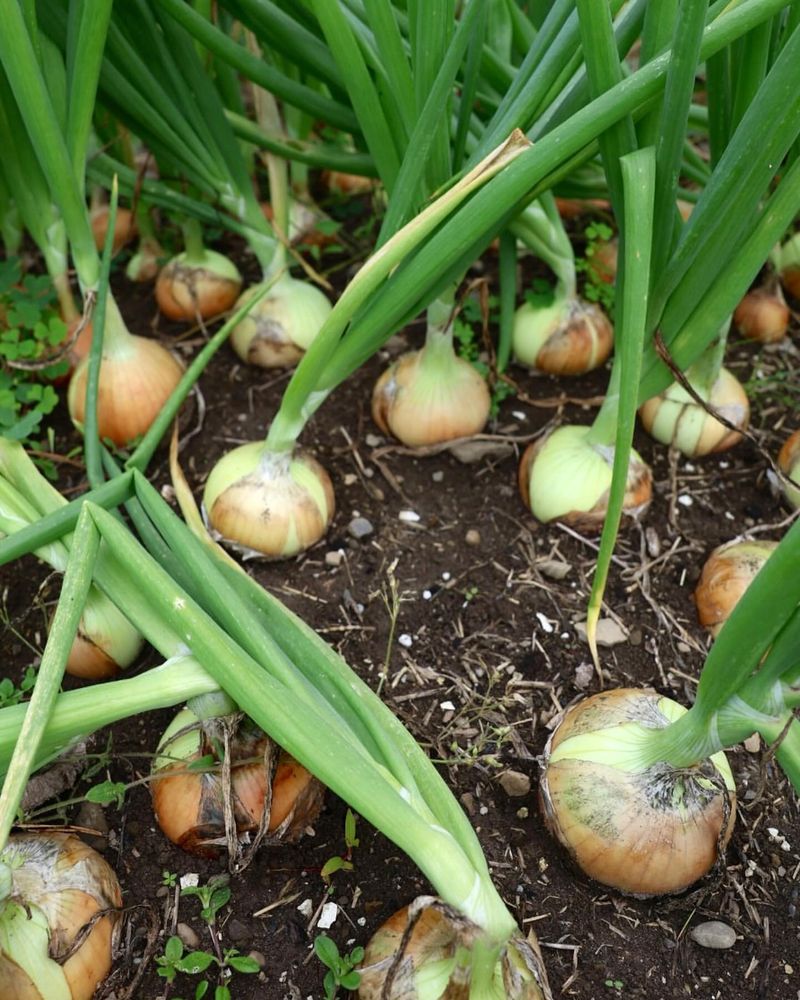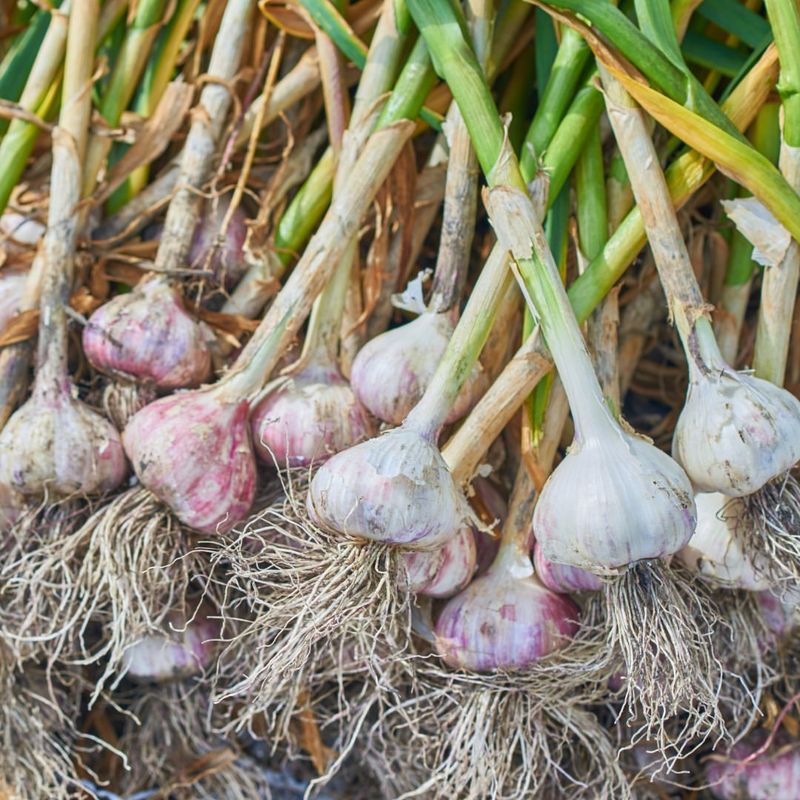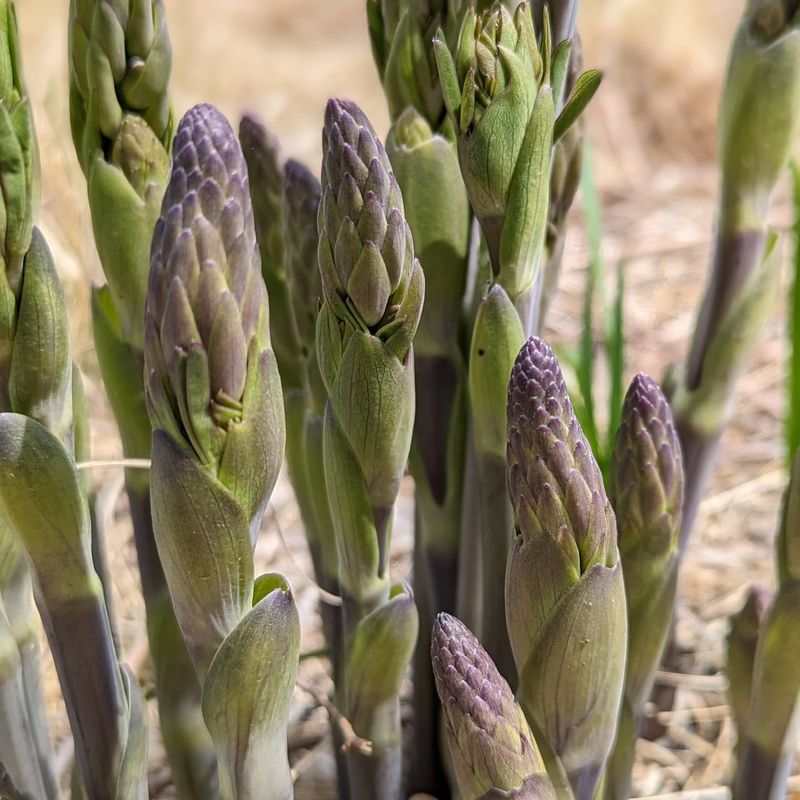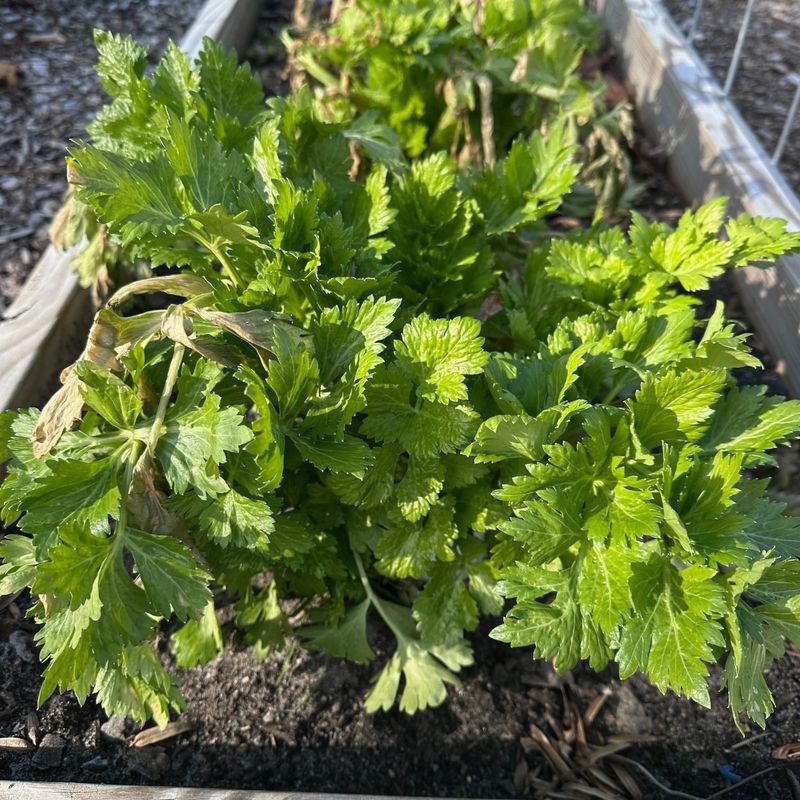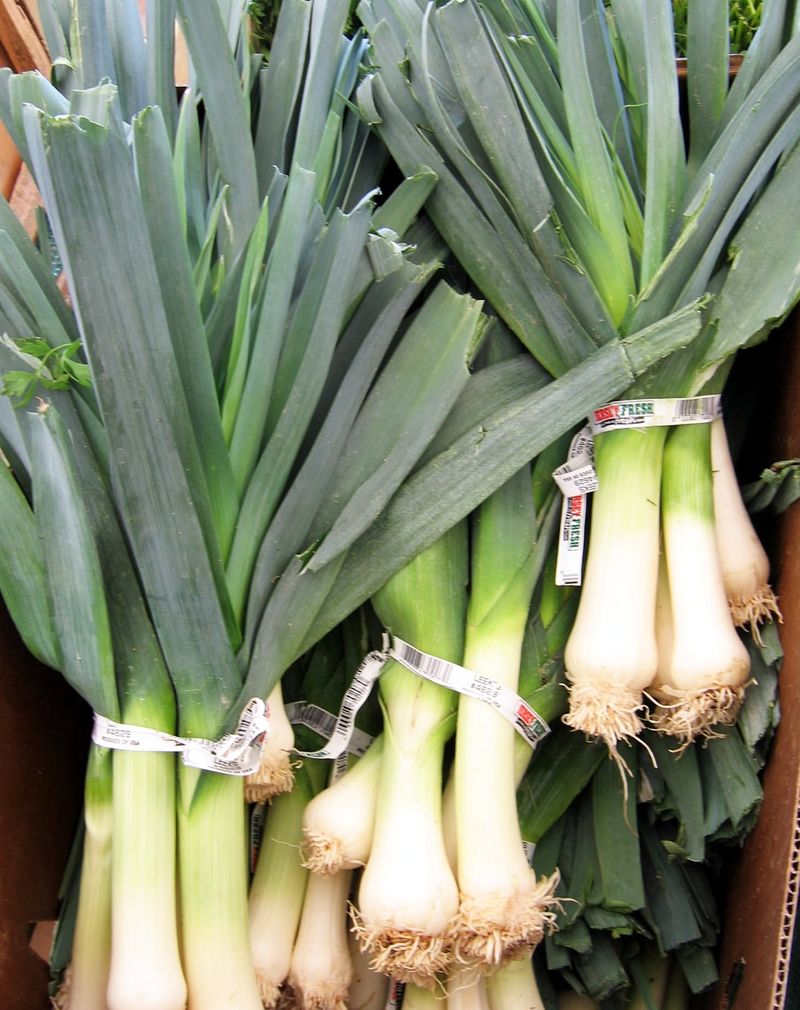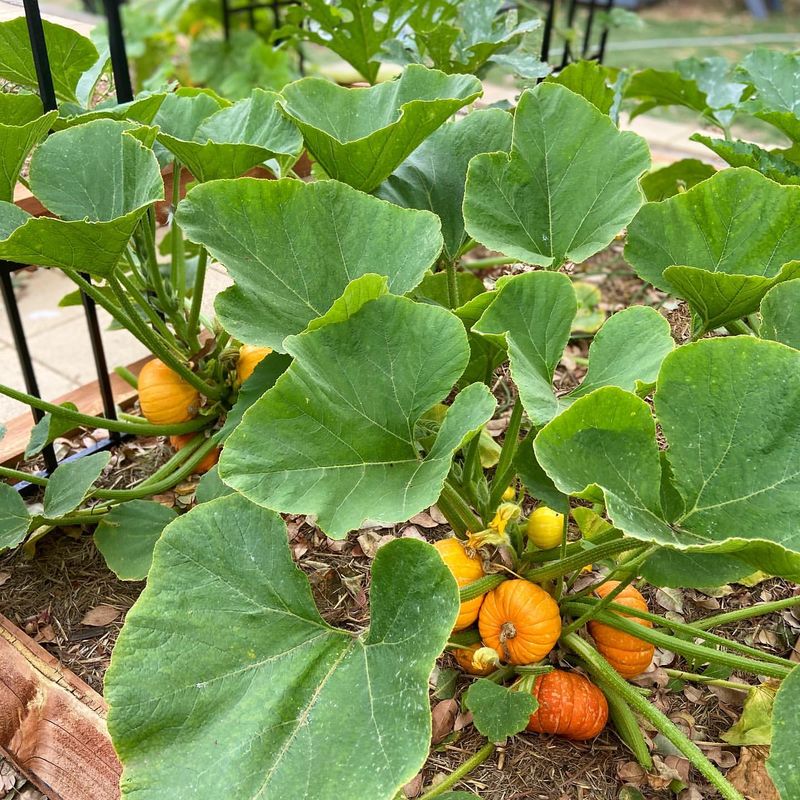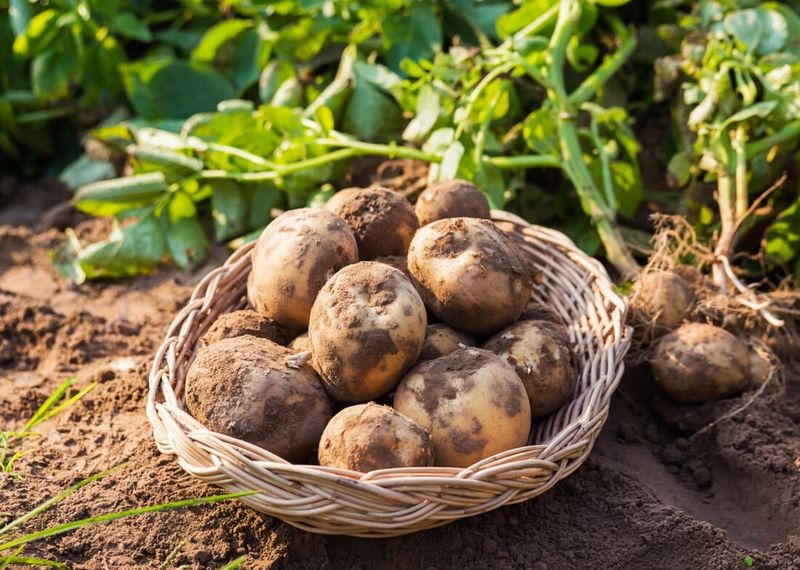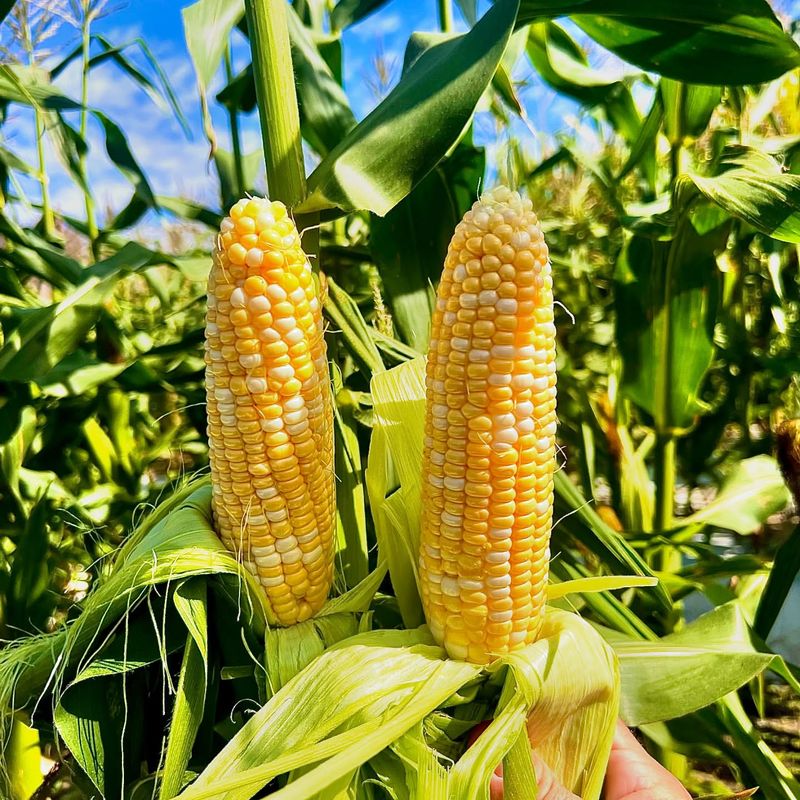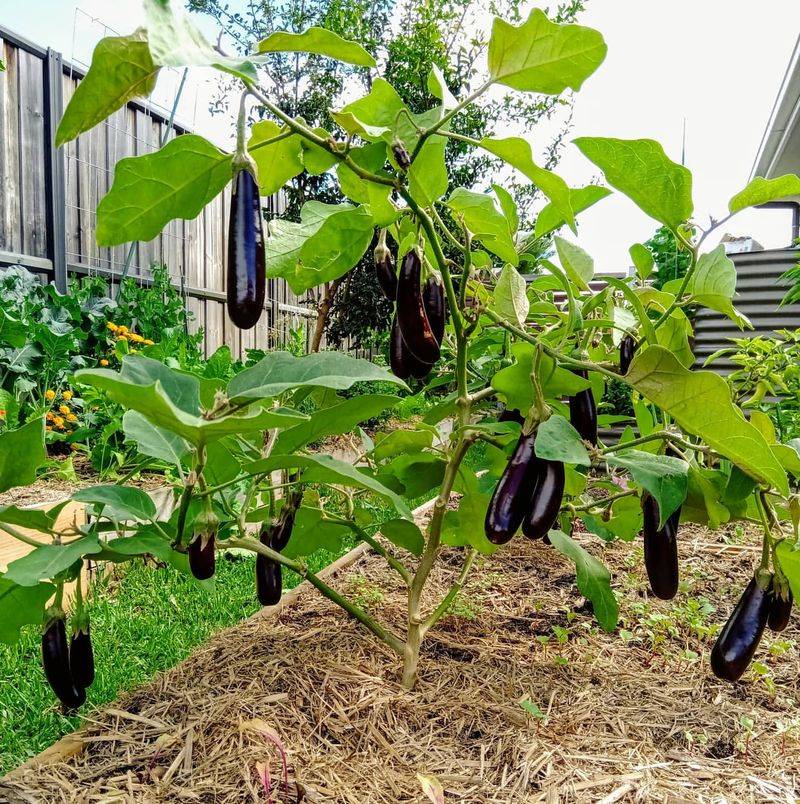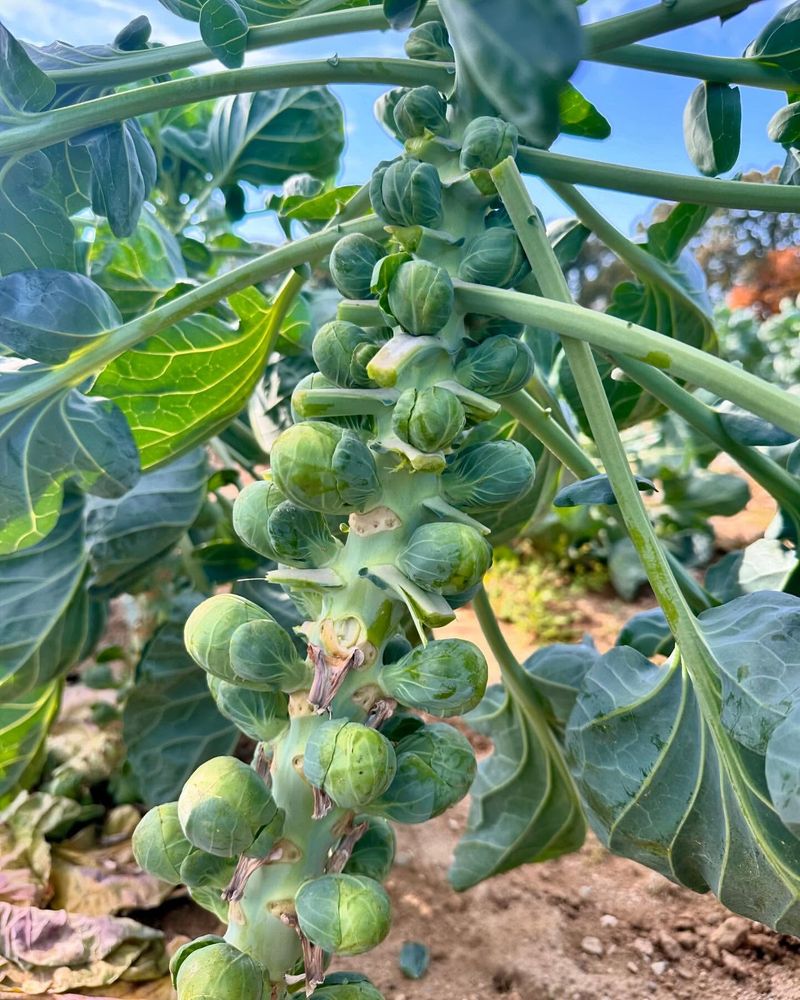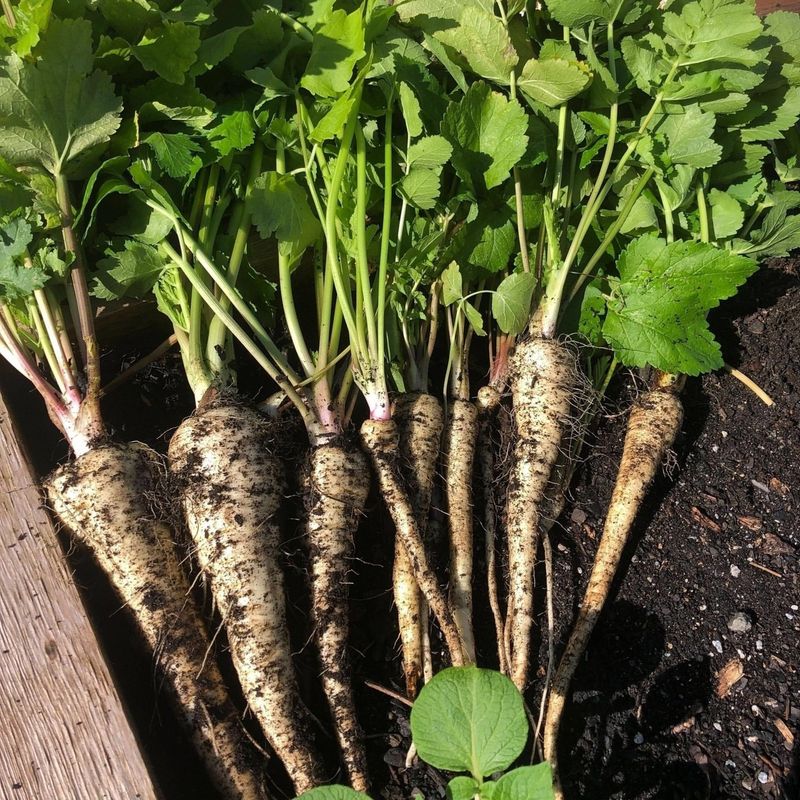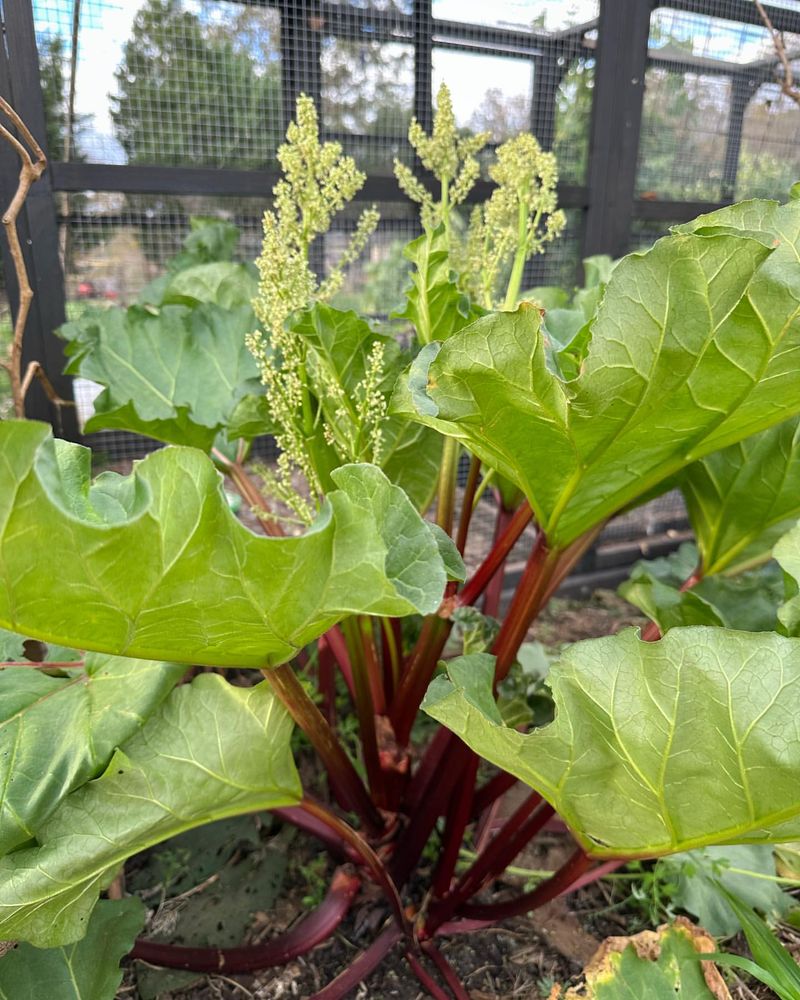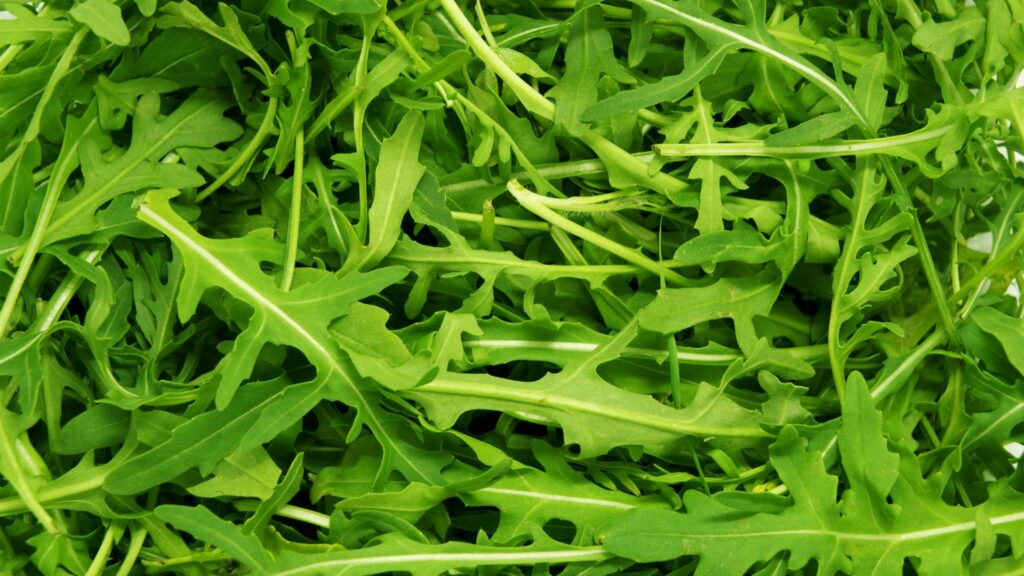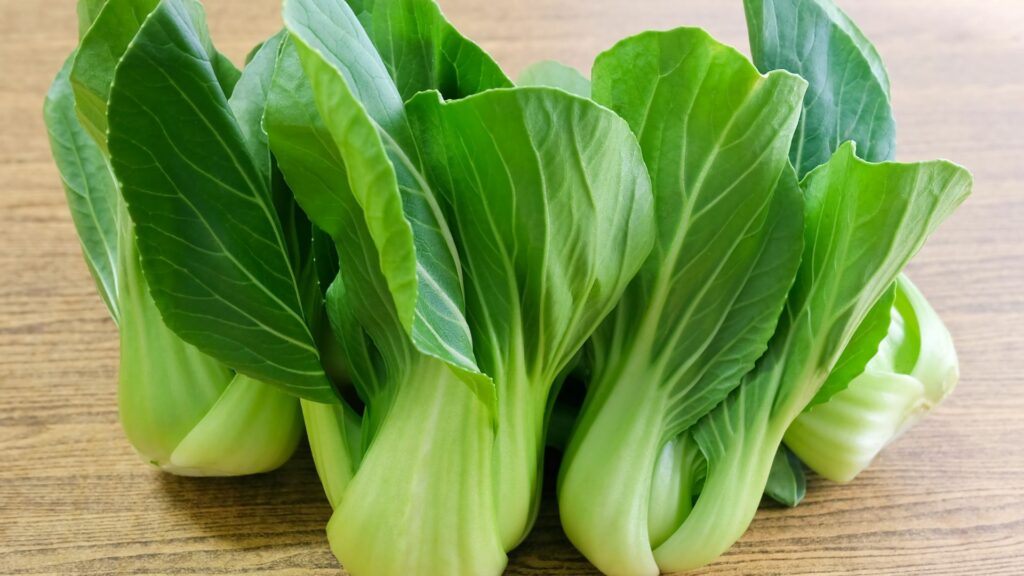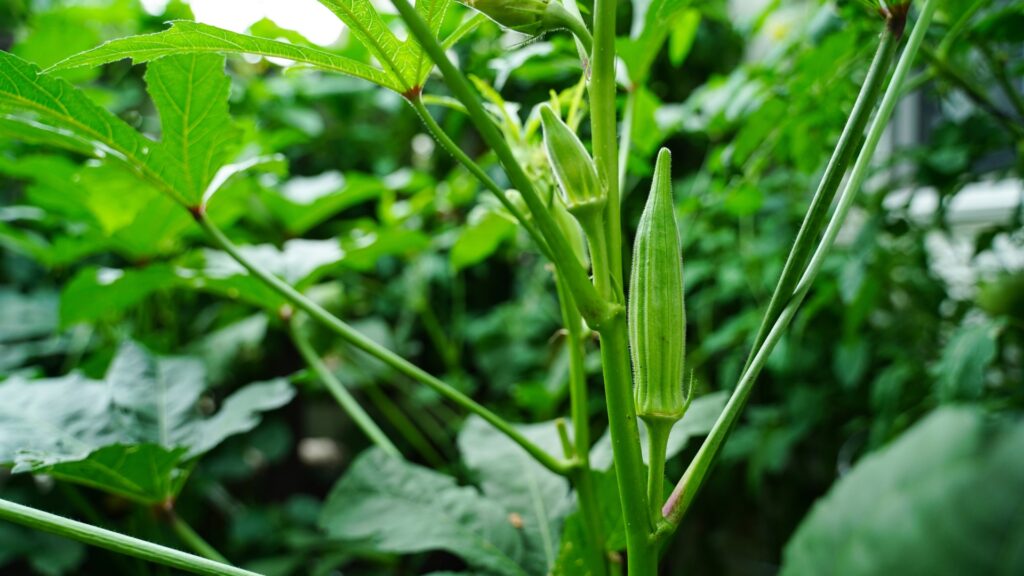No-till gardening is the secret sauce for healthier soil and a garden teeming with life. By letting nature do the heavy lifting, this hands-off approach boosts biodiversity and keeps your soil structure intact.
We’ve rounded up 30 top-notch vegetables that grow like a dream in no-till gardens—each with its own quirks, care tips, and photo inspiration to get your green thumb itching.
1. Tomatoes
Starting with a splash of color, tomatoes are a favorite in many gardens. Their vibrant red hue is not just pleasing to the eye but also indicative of their rich nutrient content.
In the world of no-till gardening, tomatoes thrive with the support of a sturdy trellis. Ensure they receive ample sunlight and regular watering to achieve the best yield.
2. Carrots
Imagine pulling out a bright, crunchy carrot from your garden bed. Carrots bring not only a burst of color but a delightful crunch to your meals.
To grow, plant them in loose soil and keep them well-watered. No-till methods help retain the moisture they crave.
3. Lettuce
Green leaves of lettuce make for a refreshing addition to any salad. This leafy vegetable grows quickly and is perfect for continuous harvesting.
For a successful no-till garden, ensure lettuce gets enough shade and water. Mulching can help keep the soil moist and cool.
4. Spinach
With its deep green leaves, spinach is a powerhouse of vitamins. It’s a versatile vegetable that can be used in salads, smoothies, and more.
In no-till gardens, spinach benefits from rich, organic matter in the soil. Regular watering will keep it lush and healthy.
5. Beets
A striking root vegetable, beets offer a sweet yet earthy flavor. The vibrant red color indicates their high antioxidant content.
To grow beets successfully, ensure they have rich, well-drained soil. No-till methods enhance their growth by preserving soil structure.
6. Peas
Sweet and crisp, peas are a delightful addition to any garden. Their climbing nature makes them perfect for vertical gardening.
In a no-till garden, provide peas with a trellis for support. Ensure they receive plenty of sunlight to thrive.
7. Cucumbers
Crunchy and hydrating, cucumbers are a summer staple. Their refreshing taste makes them perfect for salads and pickles.
In no-till gardens, cucumbers appreciate a mulch layer to retain moisture. Providing a trellis will help vines grow stronger.
8. Radishes
With a peppery punch, radishes add zest to any dish. These quick-growing vegetables are perfect for impatient gardeners.
Radishes benefit from loose, well-drained soil in no-till gardens. Regular watering will ensure a crisp, spicy flavor.
9. Zucchini
Prolific and versatile, zucchini is a gardener’s dream. Its mild flavor makes it suitable for a variety of dishes.
In a no-till garden, zucchini thrives with ample space and sunlight. Regular harvesting encourages more fruit production.
10. Kale
Curly and nutrient-rich, kale is a favorite for health enthusiasts. Its robust leaves are packed with vitamins and minerals.
Kale benefits from the rich, mulched soil of no-till gardens. Regular picking of lower leaves encourages new growth.
11. Broccoli
Broccoli, with its firm head and earthy flavor, is a staple in many kitchens. It provides a wealth of nutrients essential for a balanced diet.
To grow the best broccoli, ensure your no-till garden has rich, organic soil. Consistent watering and cool temperatures are key to success.
12. Cauliflower
With its creamy white florets, cauliflower is both versatile and nutritious. It can be roasted, mashed, or even used as a pizza crust.
For optimal growth, cauliflower requires steady, cool temperatures. No-till practices help maintain the soil’s organic content.
13. Cabbage
Cabbage, with its dense leaves, is a versatile kitchen staple. This leafy vegetable is perfect for salads, soups, and stews.
To grow cabbage in a no-till garden, ensure it has plenty of space and nutrients. Regular watering will help it develop firm heads.
14. Swiss Chard
Bursting with color, Swiss chard is a feast for the eyes and palate. Its colorful stems and dark green leaves are packed with nutrients.
In a no-till garden, Swiss chard thrives with regular watering and rich soil. Harvest leaves regularly to encourage new growth.
15. Bell Peppers
Bell peppers, with their sweet and juicy flesh, are a gardener’s delight. They add a pop of color and flavor to any dish.
In no-till gardens, bell peppers need well-drained soil and lots of sunlight. Regular picking encourages more fruit production.
16. Onions
With their pungent aroma, onions are indispensable in the kitchen. They add flavor and depth to countless recipes.
In no-till gardens, onions prefer loose, well-drained soil. Ensure they receive plenty of sunlight for bulb development.
17. Garlic
Known for its bold flavor, garlic is a culinary staple across the globe. Its health benefits are numerous, from boosting immunity to reducing blood pressure.
To grow garlic in a no-till garden, plant cloves in the fall for a summer harvest. Ensure they have rich, well-drained soil and regular watering.
18. Asparagus
Delicate and tender, asparagus spears are a springtime favorite. This perennial vegetable is a long-term investment for your garden.
In a no-till garden, asparagus needs rich soil and a dedicated space. Patience is key, as it takes a few years to establish.
19. Celery
With its crunchy texture, celery is a staple in many recipes. It’s perfect for adding a refreshing crunch to salads and soups.
Celery thrives in no-till gardens with plenty of water and rich soil. Regularly harvest to encourage new stalk growth.
20. Leeks
A milder cousin to onions, leeks offer a subtle sweetness to dishes. Their long white stems are ideal for soups and stews.
To grow leeks in a no-till garden, ensure they have rich soil and consistent watering. Mounding soil around the stems helps keep them tender.
21. Pumpkins
Embrace the fall spirit with vibrant pumpkins. Their sweet, orange flesh is perfect for pies, soups, and decorations.
In a no-till garden, pumpkins need plenty of space and nutrient-rich soil. Encourage robust growth by providing ample sunlight and water.
22. Potatoes
Hearty and versatile, potatoes are a staple in many cuisines. They can be baked, mashed, or fried to perfection.
In a no-till garden, potatoes thrive in loose, well-drained soil. Mounding soil around the plants helps protect developing tubers.
23. Sweet Corn
Sweet corn, with its juicy kernels, is a summer classic. Perfect for barbecues and picnics, it brings a touch of sweetness to any meal.
Corn thrives in a no-till garden with rich soil and full sun. Ensure regular watering for the best ear development.
24. Eggplant
With its glossy, purple skin, eggplant is a versatile vegetable. It’s perfect for grilling, roasting, or making a savory dip.
In no-till gardens, eggplant needs rich, well-drained soil and full sun. Regular harvesting encourages more fruit production.
25. Brussels Sprouts
Packed with nutrients, Brussels sprouts are a powerhouse in the garden. Their small, cabbage-like heads are perfect roasted or sautéed.
In a no-till garden, Brussels sprouts need cool temperatures and rich soil. Regular pruning of lower leaves encourages sprout development.
26. Parsnips
Earthy and sweet, parsnips add depth to any dish. Their creamy white roots are perfect for roasting or mashing.
Parsnips thrive in a no-till garden with loose, well-drained soil. A long growing season is essential for their full flavor development.
27. Rhubarb
Tart and vibrant, rhubarb is a unique addition to the garden. Its bright red stalks are perfect for pies and jams.
In a no-till garden, rhubarb requires rich soil and plenty of space. Regular harvesting of stalks encourages new growth.
28. Arugula
Arugula, with its peppery leaves, is a wonderful addition to any garden, especially for those who enjoy fresh, flavorful greens.
This fast-growing leafy green thrives in cooler temperatures, making it perfect for early spring or fall planting. In a no-till garden, arugula benefits from the undisturbed soil and organic matter, allowing its roots to spread naturally.
A little water is all it needs to grow, and regular harvesting will encourage tender, flavorful leaves throughout the season.
29. Mustard Greens
These are a flavorful and nutritious leafy vegetable that can be easily grown in a no-till garden. Known for their bold, spicy taste, mustard greens add a unique twist to salads or sautéed dishes.
These fast-growing plants thrive in well-drained, organic-rich soil and prefer cooler weather, making them perfect for early spring or fall gardens.
With regular watering and occasional harvesting, mustard greens will continue to provide fresh leaves, adding both flavor and texture to your meals.
30. Okra
With its tender pods and subtle flavor, okra is a warm-weather favorite. It’s ideal for soups, stews, and even crispy fried snacks.
In a no-till garden, okra thrives in rich, well-drained soil and full sunlight. Regular harvesting of young pods encourages continuous production and keeps the plant vigorous throughout the growing season.

